Tag: sedation

Sedation, Analgesia, and Paralysis in COVID-19 Patients in the Setting of Drug Shortages
The rapid spread of the severe acute respiratory syndrome coronavirus-2 (SARS-CoV-2) has led to a global pandemic. The 2019 coronavirus disease (COVID-19) presents with a spectrum of symptoms ranging from mild to critical... read more

Rapid Sequence Induction: Where Did the Consensus Go?
The conduct of Rapid Sequence Induction (RSI) in current emergency practice is far removed from the original descriptions of the procedure. Despite this, the principles – rapid delivery of a definitive airway and avoiding... read more

Sevoflurane in Murine Peritonitis-induced Sepsis
Sevoflurane exerts various protective effects in two murine peritonitis-induced sepsis models. These protective effects were linked with a functional adenosine A2B receptor. Sevoflurane reduced the neutrophil counts in... read more

Undercover Epicenter Nurse: How Fraud, Negligence, and Greed Led to Unnecessary Deaths at Elmhurst Hospital
What would you do if you discovered that the media and the government were lying to us all? And that hundreds, maybe thousands of people were dying because of it? Army combat veteran and registered nurse Erin Olszewski’s... read more

Bedside Voluntary and Evoked Forces Evaluation in ICU Patients
Around one third of intensive care unit (ICU) patients will develop severe neuromuscular alterations, known as intensive care unit-acquired weakness (ICUAW), during their stay. The diagnosis of ICUAW is difficult and often... read more

Sedation with Midazolam After Cardiac Surgery in Children with and without Down Syndrome
The majority of children with and without Down syndrome required additional sedation after cardiac surgery. This pharmacokinetic and pharmacodynamic analysis does not provide evidence for different dosing of midazolam in... read more
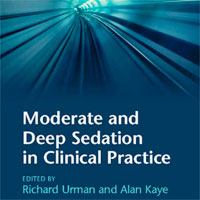
Moderate and Deep Sedation in Clinical Practice
Millions of procedures requiring sedation are performed each year, covering a large array of medical specialties in both inpatient and outpatient settings. This tremendous growth has led to sedation being administered by... read more
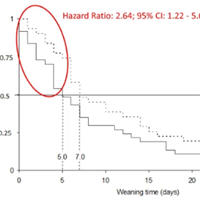
Replacement of Fentanyl Infusion by Enteral Methadone Decreases the Weaning Time From Mechanical Ventilation
The introduction of enteral methadone during weaning from sedation and analgesia in mechanically ventilated patients resulted in a decrease in the weaning time from mechanical ventilation (MV). A double-blind randomized... read more
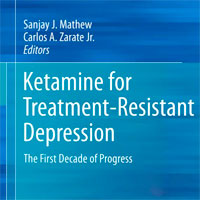
Ketamine for Treatment-Resistant Depression
This book brings together an international group of clinicians and researchers from a broad swath of inter-related disciplines to offer the most up-to-date information about clinical and preclinical research into ketamine... read more

A Bad Sedation Package Leaves your Patient Trapped in a Nightmare
Pushing some ativan followed by vecuronium is no longer an acceptable strategy to manage post-intubation sedation. A good analgesia and sedation package is essential if you care about your patient's comfort and well-being.... read more

Conversion From Continuous Infusion Fentanyl to Continuous Infusion Hydromorphone in the Pediatric ICU
A median 14% fentanyl dose reduction was noted when transitioning to hydromorphone. Further exploration is needed to determine if opioid rotations with hydromorphone can reduce opioid/sedative exposure. A total of 36 children... read more
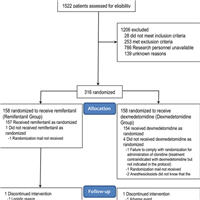
Balanced Opioid-free Anesthesia with Dexmedetomidine vs. Balanced Anesthesia with Remifentanil for Noncardiac Surgery
This trial refuted the hypothesis that balanced opioid-free anesthesia with dexmedetomidine, compared with remifentanil, would result in fewer postoperative opioid-related adverse events. Conversely, it did result in a greater... read more

Early sedation with dexmedetomidine in ventilated critically ill patients and heterogeneity of treatment effect in the SPICE III randomised controlled trial
In critically ill mechanically ventilated patients, early sedation with dexmedetomidine exhibited a high probability of reduced 90-day mortality in older patients regardless of operative or non-operative cluster status. Conversely,... read more
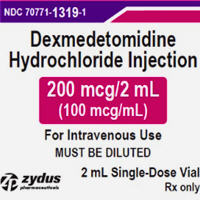
The Effect of Early Sedation With Dexmedetomidine on Body Temperature in Critically Ill Patients
Previous case series reported an association between dexmedetomidine use and hyperthermia. Temperature data have not been systematically reported in previous randomized controlled trials evaluating dexmedetomidine. Our... read more




